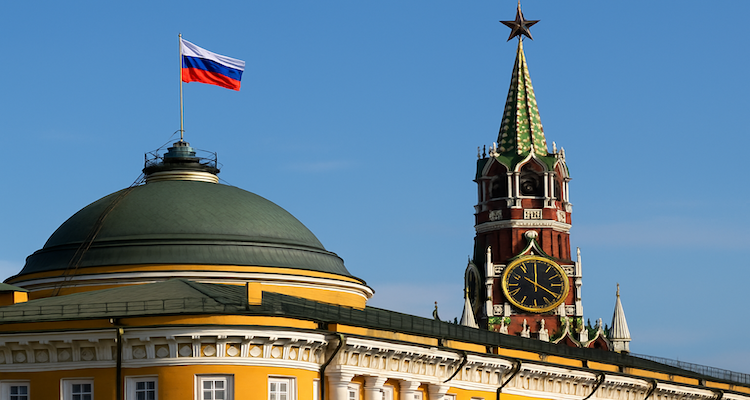Ashes and Eternity: Why Shiva Is the God of the In-Between
Discover why Lord Shiva, cloaked in ashes and silence, represents the powerful realm of the in-between—bridging life, death, and rebirth in Hindu cosmology.
Introduction: Where Time Hangs in Suspension
In a world that celebrates beginnings and fears endings, there is a deity who resides in neither. Lord Shiva—the ash-smeared ascetic, the cosmic dancer, the destroyer who paves way for renewal—is revered as the god of the “in-between.” Unlike gods of pure creation or final judgment, Shiva embodies transition, transformation, and timelessness. But what does it truly mean to worship the god of the threshold—of ashes and eternity?
Context & Background: Who Is Shiva in Hinduism?
In the trinity of Hindu gods—Brahma the Creator, Vishnu the Preserver, and Shiva the Destroyer—Shiva’s role is often misunderstood. To call him the “destroyer” is too narrow. In Sanskrit, he is also called Mahadeva (Great God), Rudra (the Roarer), and Bholenath (the Innocent Lord).
Shiva’s imagery is as paradoxical as his personality. He is meditative yet fierce. Peaceful yet destructive. Adorned with a crescent moon, wrapped in serpents, and smothered in cremation ash, Shiva defies earthly norms. His abode is Mount Kailash, a mystical peak symbolizing transcendence, far removed from the material world.
More than a destroyer, Shiva is the ultimate recycler—dissolving illusion (maya) so that truth may emerge. His domain is not death but what lies beyond it: eternity.
Main Developments: The In-Between in Myth and Meaning
Shiva’s role as a god of liminality—the space between opposites—is evident across mythology, symbolism, and ritual.
The Cosmic Dancer: Nataraja
In his form as Nataraja, Shiva performs the Tandava, a dance that represents the rhythm of the universe—creation, preservation, and dissolution happening all at once. In one hand he holds fire (destruction), in another a drum (creation), and beneath his foot, he tramples ignorance. It is not just a dance. It’s the very pulse of existence.
Ashes on His Body
The ash covering Shiva is not mere decoration. It symbolizes impermanence. Everything returns to dust. In adorning himself with ashes, Shiva reminds devotees that clinging to form is futile. What burns must be released, what ends must be honored.
Third Eye and the Power of Perception
Shiva’s third eye doesn’t just incinerate evil—it sees through illusion. The third eye is about awakening, inner truth, and detachment from duality. It is the eye of in-between—a gaze that sees beyond birth and death, good and evil.
Expert Insight: A Spiritual Scientist of the Subconscious
Dr. Devdutt Pattanaik, Indian mythologist and author, puts it this way:
“Shiva represents stillness, which is the state before creation and after destruction. In psychological terms, he’s the void—the silence between two thoughts, the breath between two heartbeats. He invites us to exist in that liminal space.”
Modern practitioners and spiritual seekers have echoed this view, especially as practices like meditation and yoga—deeply associated with Shiva—gain global relevance. His archetype has become a symbol for those seeking internal transformation through detachment and inner stillness.
On social media platforms like X and Reddit’s r/Hinduism, discussions on Shiva often touch upon his universality. One user wrote:
“He isn’t the god of death, he’s the god you turn to when death transforms into something deeper—freedom, peace, or rebirth.”
Impact & Implications: Why Shiva Matters Today
In an era defined by speed, anxiety, and constant change, Shiva’s symbolism is more relevant than ever. He teaches:
- Acceptance of impermanence – everything, even pain, passes.
- Power of introspection – wisdom lies not in reaction, but reflection.
- Necessity of destruction – sometimes, to grow, we must first let go.
Shiva is also increasingly invoked in ecological and cultural discourses. His representation as Pashupati—Lord of Beasts—resonates with climate movements, emphasizing harmony with nature rather than domination over it.
In personal terms, many find solace in Shiva during grief, trauma, or major life transitions. In spiritual retreats across India and even the West, Shiva mantras like Om Namah Shivaya are chanted for grounding in chaotic times.
Conclusion: The Still Point of the Turning World
To understand Shiva is to confront a paradox. He is not just the destroyer—he is the pause, the silence, the reset. In the in-between, where we often feel lost, he is present. Whether standing at the edge of endings or facing uncertain beginnings, Shiva offers a profound spiritual anchor.
He doesn’t promise certainty, only clarity. Not permanence, but peace.
In ashes, he finds beauty. In endings, eternity.
Disclaimer: This article is intended for informational and cultural understanding. Interpretations of religious figures and symbolism vary across regions and traditions.











